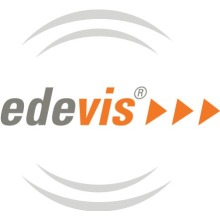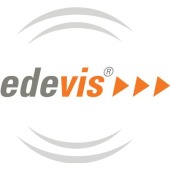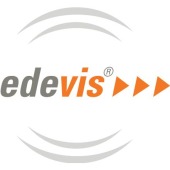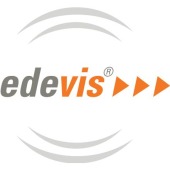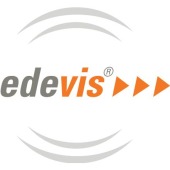Testing of Sandwich Components
Specifications
 Represented in Romania by KIMET Srl
Represented in Romania by KIMET Srl
Testing of Sandwich components.
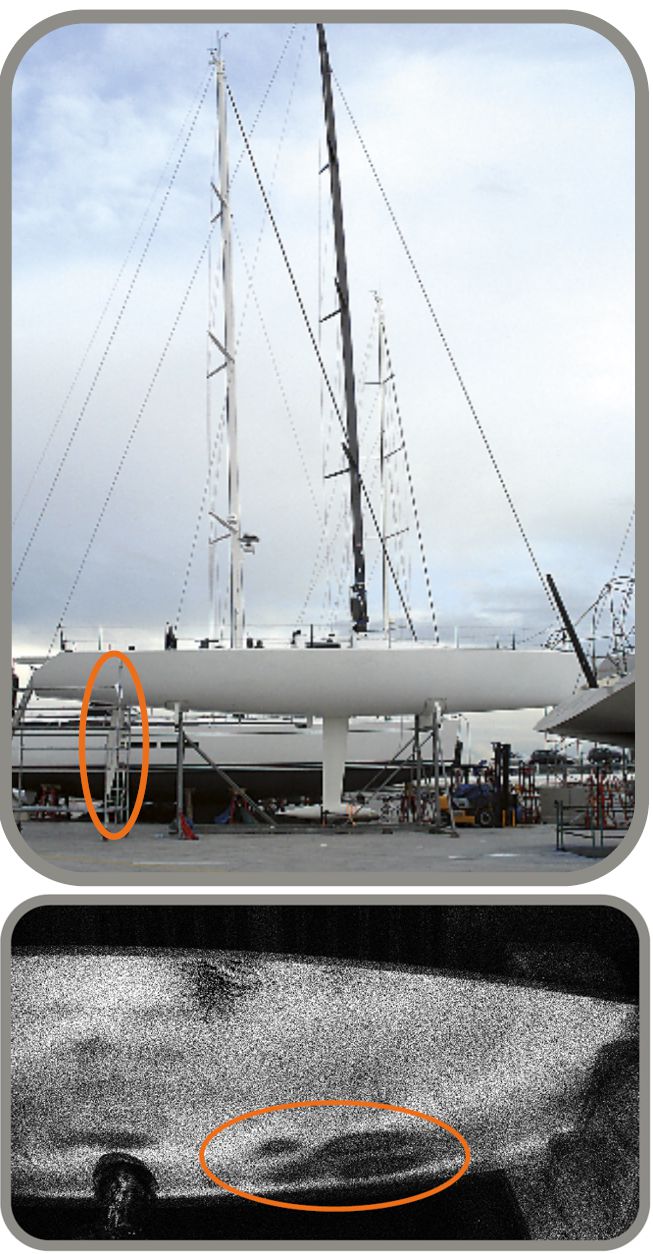 Yacht with damaged rudder (above), rudder with local defect resonance (left) |
The trend to lightweight construction in aerospace, automotive, boat building and wind turbines leads to a proliferation of sandwich structures. As there are many safety-relevant components, a material testing is required. This is carried out as a quality control immediately after manufacturing, but also as an inspection after accidents for damage assessment and after repairs. Many nondestructive testing methods can only detect defects near the surface, since the honeycomb or foam cores are poor conductors for elastic and thermal waves. However, shearography measures the deformation of the component under load and thus can also detect deep defects.
|
|
|
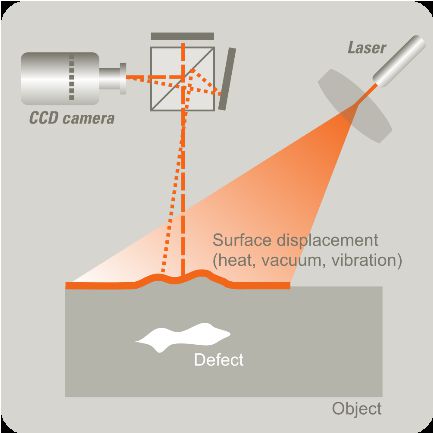 |
Principle
For shearographic testing, the object surface is illuminated with laser light. By interference, a characteristic pattern (‘speckle pattern’) is generated. The shearography camera captures this pattern with a so-called shear-optics as a reference. When the test object is lightly loaded, it deforms in a low, but detectable extent. As a result, the speckle pattern also changes. By subtracting the reference pattern form the current speckle pattern, the change of the object surface is obtained. Due to the special beam path the measurement result is not the absolute displacement, but its derivative in a defined direction which is determined by the shear vector. Thus, shearography is significantly more robust than other interferometric testing methods. By adjusting the amount and direction of the shear vector, the sensitivity and the sensitivity direction of the method can be adjusted. Although only the surface is measured, deeplying defects can also be detected as long as they affect the deformation behavior of the component.
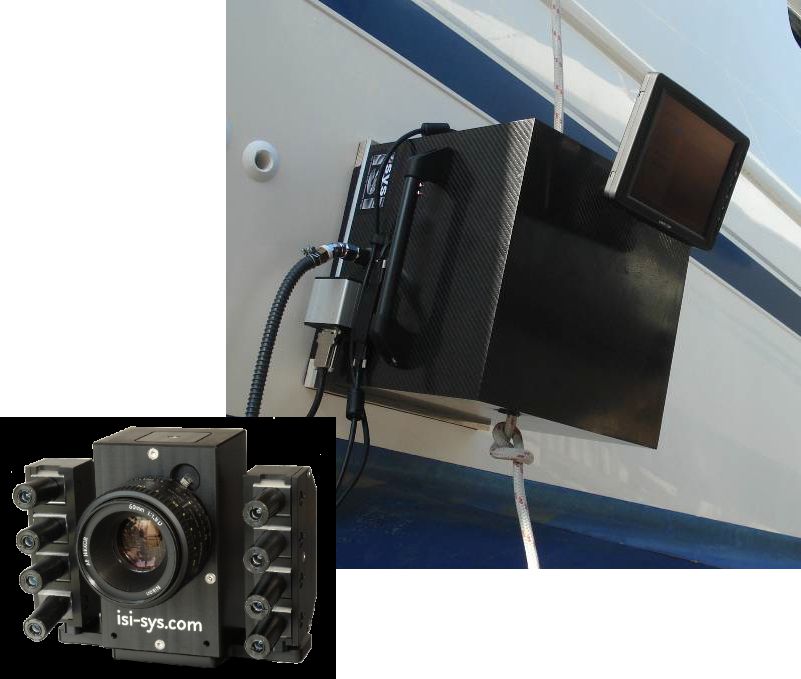 |
The System
The measurement of the object deformation is done in a non-contact way. The system complies with laser class 1 and is therefore safe to handle for trained users. Depending on the application, the loading of the component is generated by heat, vibration or pressure change. The excitation is always non- destructive, typical loads are 5 ° C temperature difference or 50 mbar pressure difference, respectively. The system is very flexible and mobile, the expenditure on equipment ranges from a mobile solution with a laptop to a fully integrated vacuum hood. Defects can be detected reliably and quickly, a test usually takes only a few seconds. The measurement field size is determined by the available laser power, the required resolution and the type of excitation and can be up to 1 m2 .
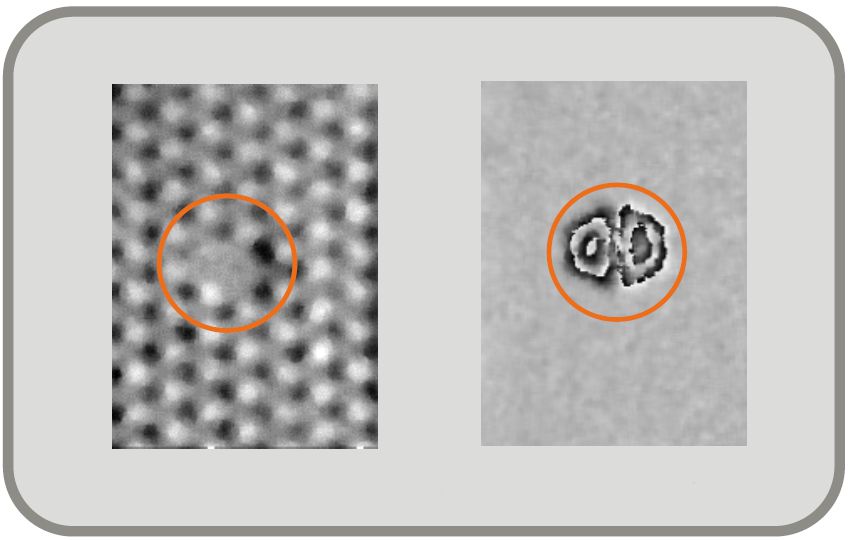 Honeycomb structure with debonded cover (left), bonded insert (middle) and debonded insert (right) |
Applications
The application fields are very diverse, ranging from aerospace to automotive, to boat building and to wind turbines. Defects affecting the local mechanical behavior of the component can be detected quickly and reliably. In sandwich structures, these are mainly resin and water-filled honeycombs, cracks, delaminations of the cover and debondings of inserts. The test is performed reliably, large-scale and in a non-contact way (depending on the excitation method). Moreover, the method is not only suitable for sandwich components, but also for composite structures such as CFRP and C / C-SiC as well as for adhesive joints of various materials.
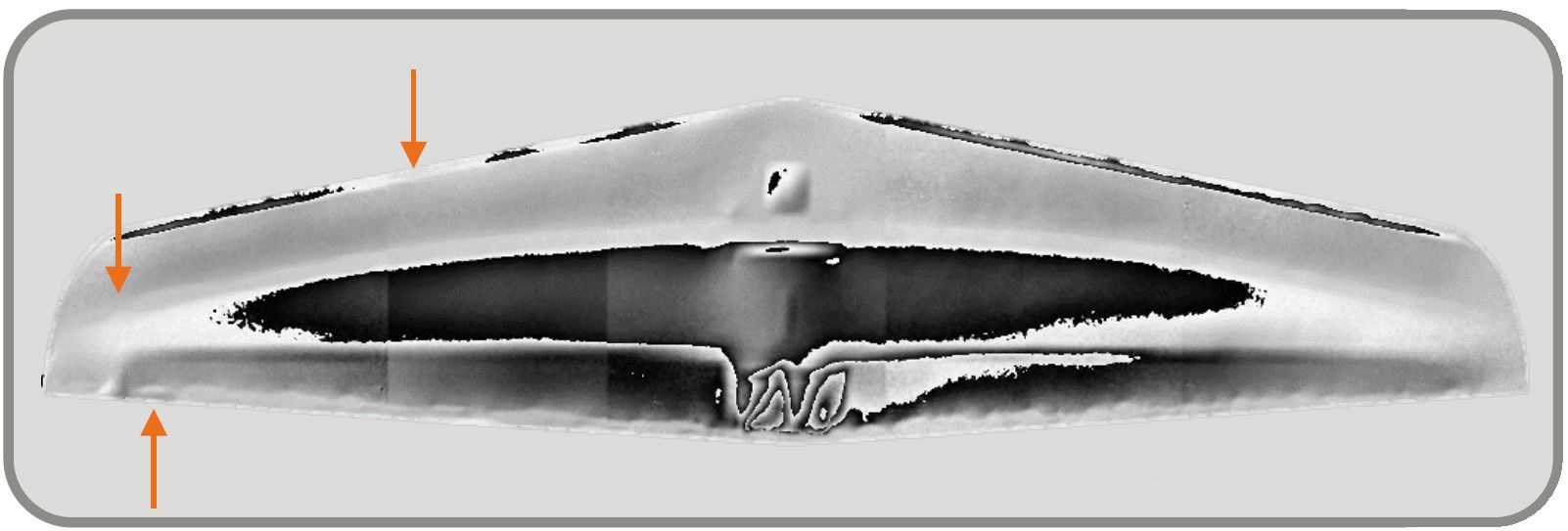 GFRP/foam horizontal tail with faulty adhesive bonding of spar |




